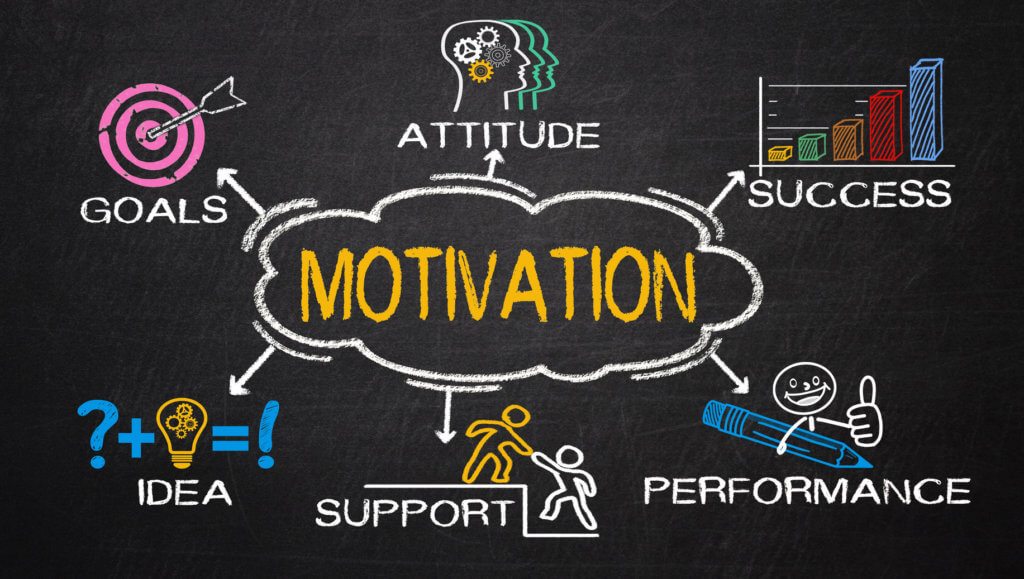The internet is an amazing thing with an infinite amount of uses, an each time we use the internet, we’re offered an incredible choice. We can choose to use it as a tool to nourish our minds and help us develop new skills. However, we often make the choice of using the internet for mindless entertainment that makes us ask ourselves what we did with the past hour. The problem goes deeper than losing time on Twitter or Youtube though, the way you use the internet literally changes your brain’s default mode of operating. Part of it has to do with how intimately your brain uses these tools. A 2010 article from the association of psychological science found that when you are using a tool, your brain doesn’t associate the tool as a separate object that you’re manipulating; it is treated as an extension of your body.
The internet is a more abstract tool, changing the way we think, not just what we think about. The recent internet environment is one that wires people’s brains for enhanced distractability. At all times you have multiple strands of notifications, advertisements and messages from friends – all things you can redirect your attention to. Our brains are naturally on alert for new information, and the more we’re exposed to this viral interface, the more our brain starts to respond to and crave these internet distractions. Most of us don’t stay on one tab/application for more than a few minutes.
Like you can exercise a muscle group, you can exercise different modes of thinking. Being distracted like this gets in the way of creative thinking and long spells of focus that are needed to complete fulfilling and ambitious tasks. You process information in your short term memory when you’re doing anything – from working on a business idea to reading a book. With enough time and uninterrupted practice, this information slowly trickles from your conscious short term memory to your subconscious long term memory. Only with the long term memory can you make insightful connections with other pieces of information you’ve stored previously.
Since attention is the key to this entire process, putting down the phone while trying to learn something new can engender that transfer of short term information holding to long term memory storage! (I highly recommend downloading the self control app)
Clara







 For many people, this occurs over and over again with exercise programs. They start off so motivated to be in the gym 5 days a week, and then after one to two weeks, that motivation drops off, until they find themselves paying for a gym membership 6 months later that they hardly used. I’ve been a slave to this situation before. I have tried to start new things often, especially in the gym, only to find myself no longer excited to do them, so I stopped. This year, however, I managed to turn my gym motivation into commitment, so that now I don’t even think twice about going each day. One way that I did this was by starting small.
For many people, this occurs over and over again with exercise programs. They start off so motivated to be in the gym 5 days a week, and then after one to two weeks, that motivation drops off, until they find themselves paying for a gym membership 6 months later that they hardly used. I’ve been a slave to this situation before. I have tried to start new things often, especially in the gym, only to find myself no longer excited to do them, so I stopped. This year, however, I managed to turn my gym motivation into commitment, so that now I don’t even think twice about going each day. One way that I did this was by starting small.





